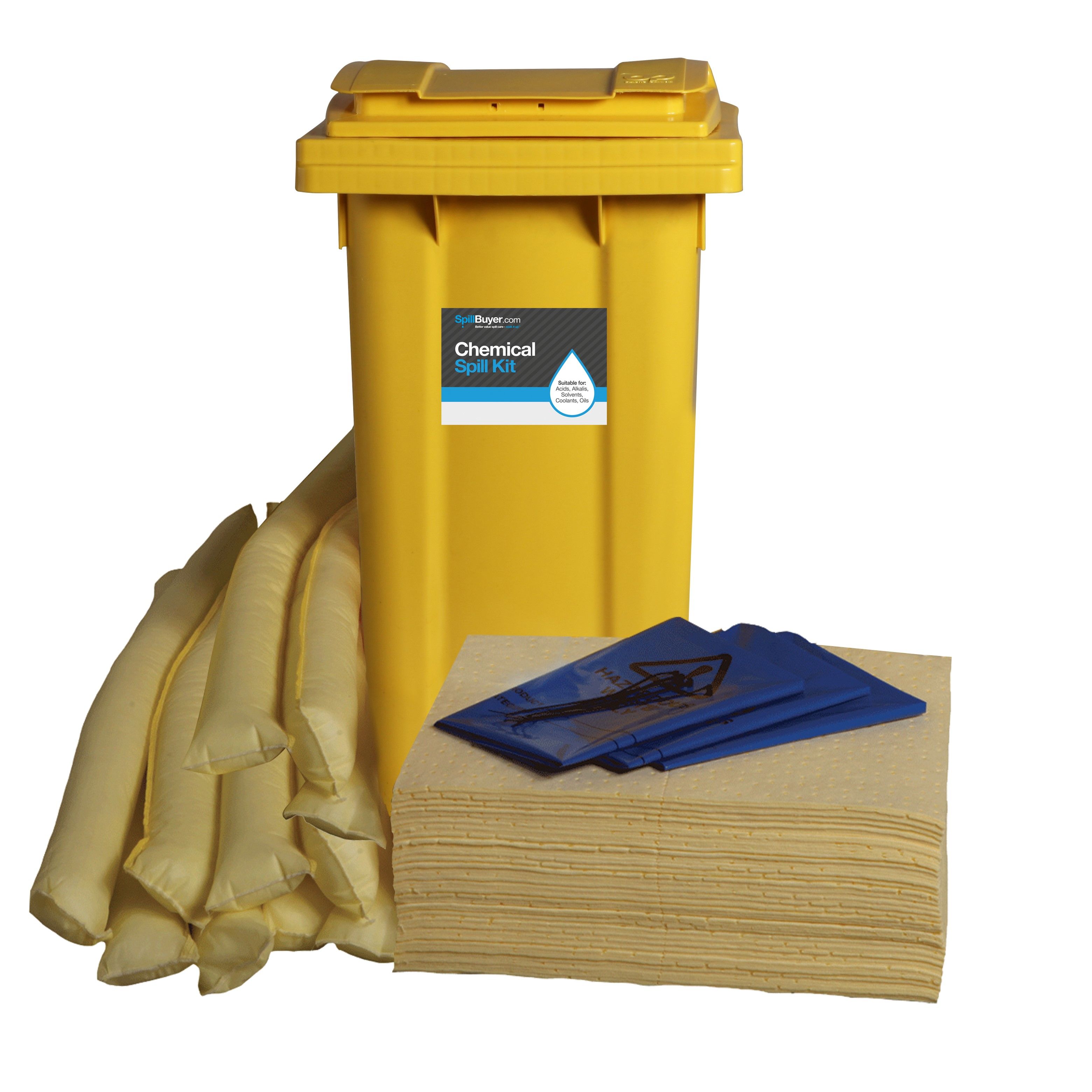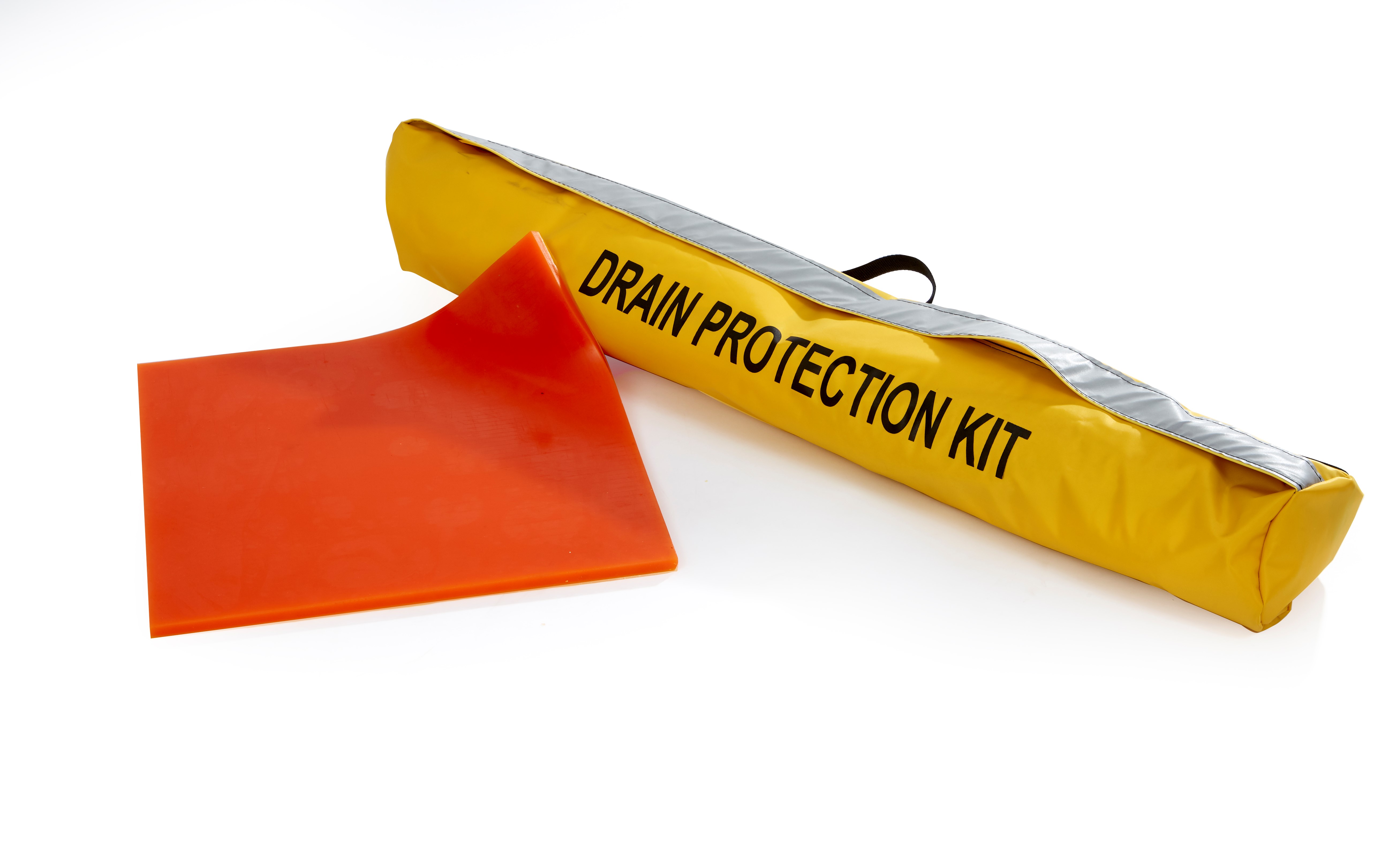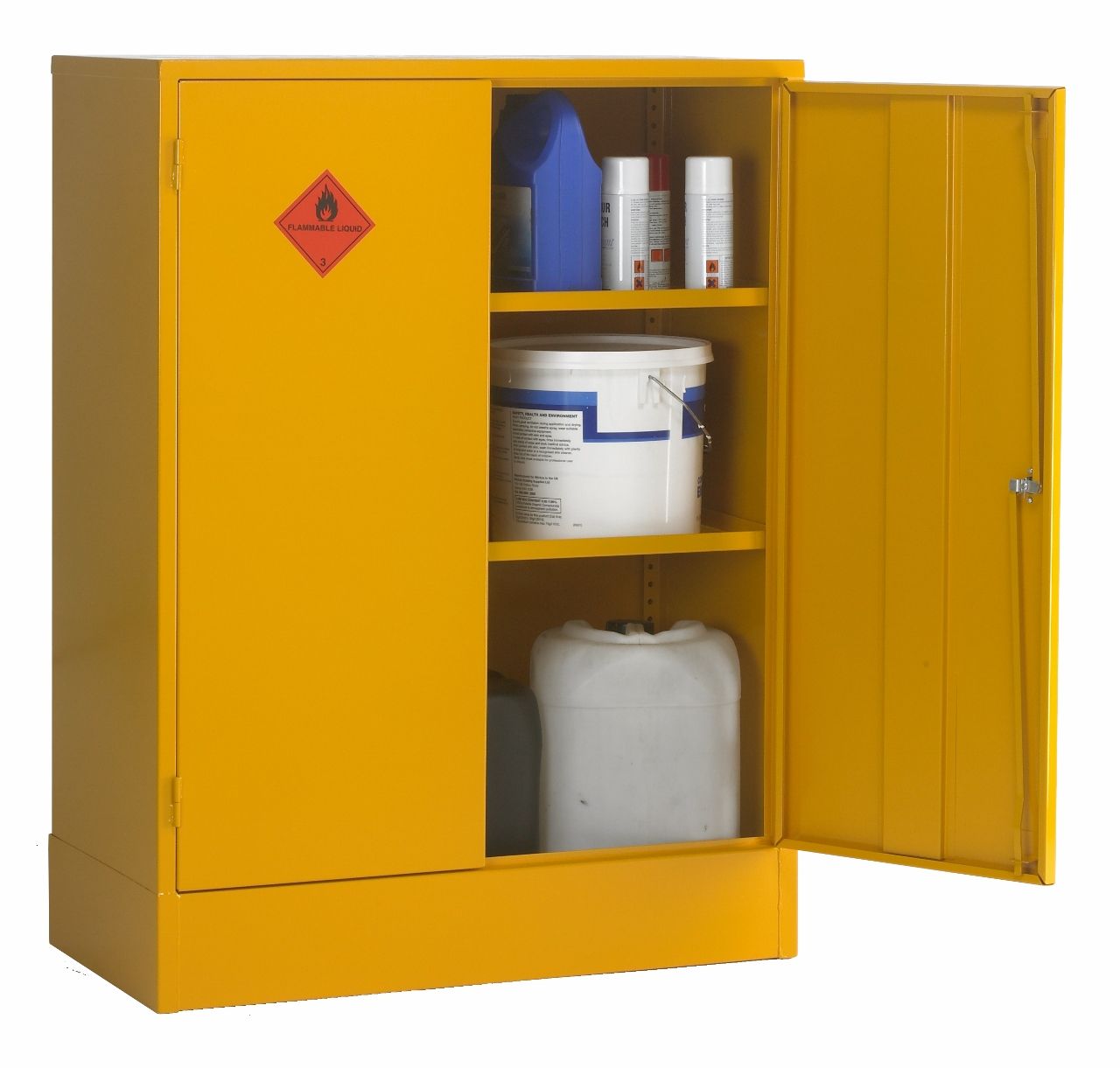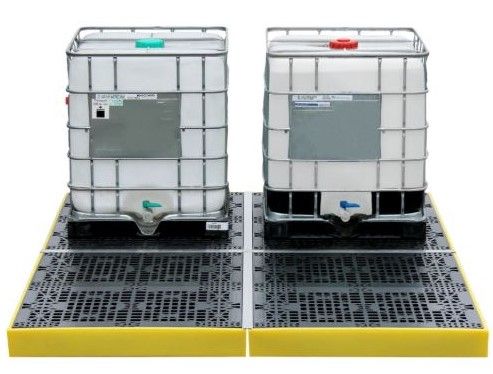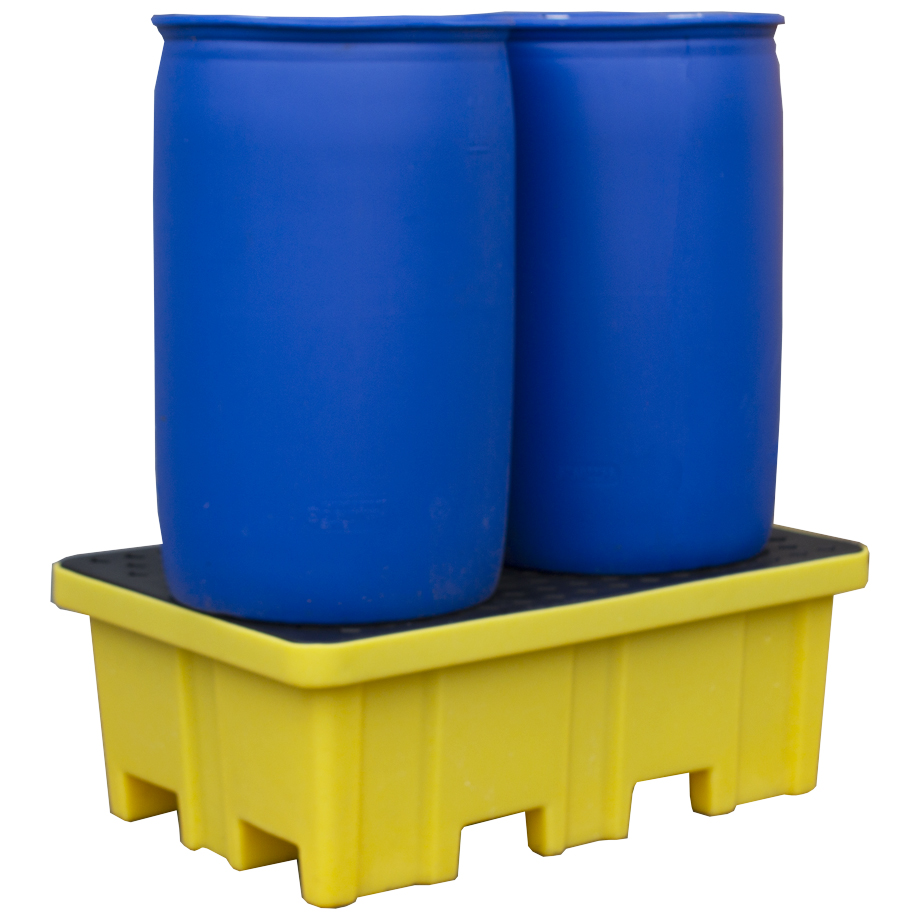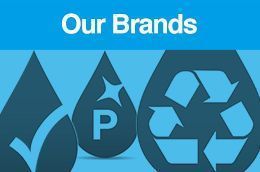The category of hazardous substances can include any chemical or substance that has the potential to cause harm to health or environmental damage, with examples including caustic chemicals, solvents, cleaning products, sealants and other liquids. You can find out more here about what can be classified as hazardous substances.
If you are storing potentially dangerous substances and chemicals on site, the Control of Substances Hazardous to Health regulations (COSHH) mean that you will need to consider the following factors to ensure that you have clear company policies for safely storing hazardous substances:
-
Ensure that the storage area is well-lit, properly ventilated and well organised, with sufficient space to safely contain all of the potentially harmful substances or biological agents
-
All of the surfaces of the storage area must be impervious to the substances being stored, and should be easy to clean
-
All hazardous substances and chemicals need to be stored in accordance with the manufacturer’s instructions and guidelines
-
Substances that are incompatible with each other, or dangerous to keep in close proximity, must be stored separately, or in different locations
-
Potentially flammable substances must be kept away from potential ignition sources, such as boilers and heaters
-
Every item needs to be clearly and accurately labelled for ease of identification
-
The number of different hazardous substances being stored should be kept to a minimum, as should the quantity of each substance kept on site
-
Hazardous materials should be kept in close proximity to spill cleanup kits, so that staff will have easy access to cleaning materials in case of an accident
-
Stores of potentially dangerous chemicals and liquids should be kept above ground, where they are less likely to be damaged
-
Storage areas for hazardous substances should be marked out with appropriate safety signs, notices and hazard symbols, to inform employees about the potential risks and the necessary safety protocols involved in storing chemicals
These steps will vary depending on the type of hazardous substance you are using, but by considering each factor, you will be able to make sure that every probable risk has been accounted for, and that safe practices are being followed when storing potentially harmful substances.
Key safety precautions to take when storing hazardous substances
In addition to providing a safe storage space and abiding by best practice standards when handling hazardous materials, companies can help to keep their staff safe by implementing the following control measures and precautions:
-
Provide in-depth training for all employees to explain safe practices for storing hazardous substances, including clear information on all of the potential risks and manufacturer's instructions, and guidance on when protective clothing may be needed
-
Create a clear emergency procedure to ensure that any leaks or spills are cleaned up as quickly as possible, providing all of the necessary equipment to prevent harm
-
Ensure that your storage area is checked regularly for signs of leakage, to ensure that all of the containers remain in good condition, and that none of the products have passed their use-by dates
-
Provide personal protective equipment (PPE) for any staff member that is required to handle hazardous materials on a regular basis
By putting these policies in place, you will be able to ensure that all of your staff can benefit from a safe system of working, allowing your business to manage the risks associated with hazardous substances and materials without any impact on your day-to-day activities.
Find out more
If you are looking for high-quality solutions to help your employees safely store and handle hazardous substances on site, you can browse our full range of COSHH management and spill control solutions, including our specially designed CoSHH cabinets and hazardous substance storage cabinets.
If you have any questions about the solutions that will work best for your site, give SafetyBuyer a call today on 0800 043 1061.
 Over 12,000
Over 12,000  Simple no quibble
Simple no quibble  Prompt dispatch &
Prompt dispatch &  UK Mainland Delivery
UK Mainland Delivery 






